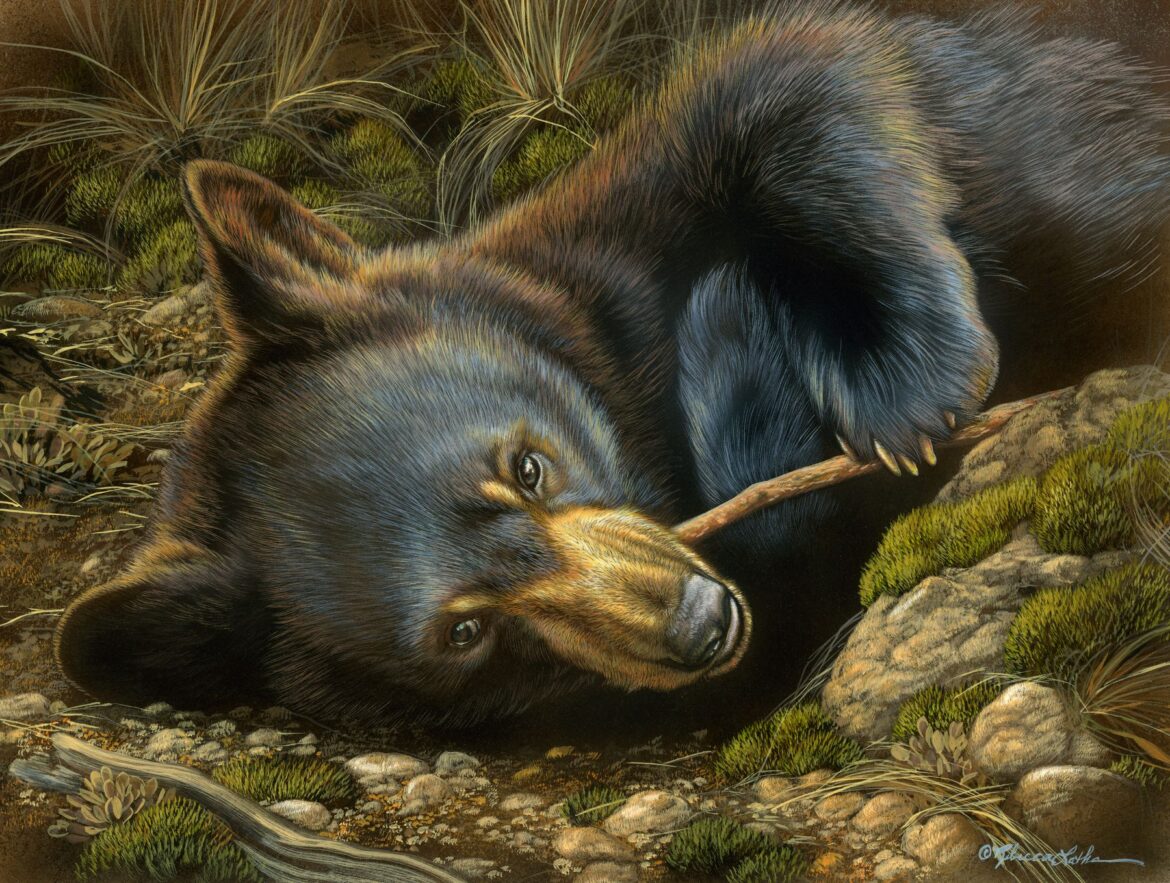Nature has always been a place where creativity thrives. There’s something about being outdoors—the open space, the shifting light, the quiet rhythm of the natural world—that clears the mind and ignites inspiration. It’s not just about finding a beautiful view to paint. It’s about experiencing it, soaking in the atmosphere, listening to the wind move through the trees, watching wildlife interact with their environment.
Spending time outside has a way of resetting the mind. The tension of daily life fades, replaced by the calm presence of nature. That clarity often translates into the creative process, making it easier to focus, to see details that might otherwise go unnoticed. A tree isn’t just a tree—it has texture, subtle color shifts, light bouncing off its bark in different ways throughout the day. Water reflects movement, shifting as the wind passes over it. Animals carry expressions, postures, the tension between alertness and ease.
Observation is everything. Artists who spend time in nature develop a sharp eye—not just for composition and form, but for light, shadow, and movement. The play of sun filtering through leaves, the mist rising off the ground in early morning, the complexity of a feather’s pattern—these elements breathe life into an artwork. They turn a painting from an image into an experience.
Connecting with nature on a deeper level changes how an artist sees the world. The more time spent outdoors, the more appreciation grows for the intricate details that make up an ecosystem. That connection makes its way into the work, adding authenticity and emotion. It’s not just about copying what’s seen—it’s about translating what’s felt.
Some of the best ways to capture nature’s energy in art?
– Seek out different landscapes—forests, wetlands, open plains, rocky cliffs. Each has a mood, a unique character that influences composition.
– Engage all the senses. The way a landscape sounds, smells, even feels can shape the tone of a piece.
– Watch how light shifts—morning light feels different from midday or evening, and understanding that interplay adds depth.
– Accept that nature isn’t perfect—it’s full of asymmetry, rough textures, organic patterns that don’t follow strict rules. That’s what makes it beautiful.
Art and nature have always been linked. They both speak in layers, in quiet moments, in bursts of movement and stillness. Stepping outside, breathing in the wild spaces, sitting and watching—it’s all part of the creative process. It’s where inspiration grows, where ideas form, where artists truly see.
